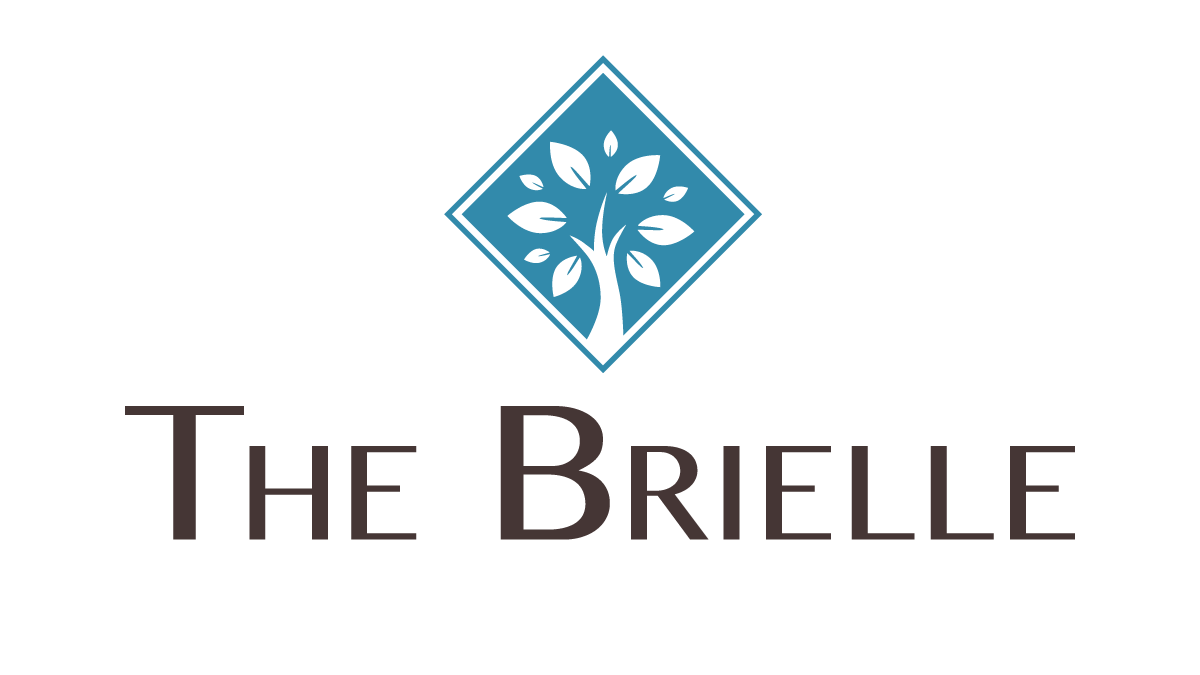
Paying for Assisted Living: What You Need to Know
January 22, 2018 | Blog | Reading Time 4:00 Minutes
There are many things to consider when deciding whether to move to an assisted living community, including the size and floor plan of your living space, proximity of your new home to friends and family, and all the new hobbies you can enjoy with your newfound freedom.
One of the biggest considerations you may face is paying for assisted living. You might wonder how much you should pay each month, the types of fee structures available and even the amenities and services you can expect to enjoy. Arming yourself with information about paying for assisted living can help you choose the right location to call home.
Types of Assisted Living Fee Structures
There are two main fee structures when it comes to paying for assisted living: all-inclusive or fee-for-service pricing. In an all-inclusive arrangement, you pay a monthly fee that covers your rent, meals and some additional services, such as events, housekeeping, security, personal care and transportation.
As the name implies, fee-for-service structures have you pay for only the services you use. Assisted living locations that use fee-for-service pricing typically charge a base fee for room and board, and charge a nominal fee for additional services.
Some assisted living locations use tiered pricing, sometimes known as the “levels of care” model of assisted living. In this model, services are arranged in different tiers, which allow for a certain number of “care hours” or points each month. If you need very little assistance, you would fall into the lowest and least expensive tier; or you would fall into the top tier if you need significant assistance.
Assisted living locations that use tiered pricing typically assess individuals moving into the community to determine the level of care that resident might need. The care providers regularly reassess residents to ensure each individual continues to be in the appropriate level.
If you intend on using all available services, all-inclusive fee structures tend to be less expensive than paying for each service separately. You might also like the simple, convenient and predictable pricing structure of an all-inclusive model of assisted living. If you do not need more than room and board, and want to do all your cooking and cleaning yourself, a fee-for-service structure may offer better cost savings.
It is important to note that non-care related services, like room and board, provided in assisted living usually account for 50 to 75 percent of a resident’s total bill.
Considering assisted living? Download our free interactive workbook.
Assistance
If you are worried about paying for assisted living, financial assistance may be available. Medicare offered some level of assistance for people in assisted living or other locations that provide non-nursing home residential care in 43 states and the District of Columbia in 2017.
Coverage for certain services, such as help with medication administration, housework and homemaker services, and recreational activities, differs by state. Medicare does not allow states to pay for the room and board costs of assisted living, but individual states have developed other means of assisting with or otherwise controlling these costs. States may cap the amount a residence may charge, for example, pay for meal preparation and service but not pay for the food itself, or offer supplemental assistance that covers room and board in an assisted living community. Many states are increasing financial assistance for assisted living because the living environment is less expensive than skilled nursing facilities.
New York offers the Assisted Living Program (ALP), a program that provides about 5,500 units in licensed assisted living communities across the state. The program is open to both Medicaid recipients and private-payers.
Other financial assistance programs include the Veterans’ Administration’s Aid and Attendance program, state non-Medicaid programs and social security.
Funding may be available from assisted living loans, long-term care insurance and life insurance benefits and conversions. Homeowners may be able to use reverse mortgages or home equity lines of credit (HELOC) to fund assisted living.
The Brielle offers full-service assisted living in Staten Island. The Brielle offers a convenient base-rate monthly fee to make paying for assisted living easy. This base-rate monthly fee includes three chef-prepared meals along with snacks all day, a 24-hour monitored emergency call system, housekeeping and a personal laundry and linens service. The monthly fee also includes a variety of interesting social programs and events, so you will never have to pay extra for entertainment.
The monthly fee also covers exceptional service from a trained staff, which ensures the highest level of care for every resident. And the fee covers our beautiful and convenient location in a natural wooded oasis, away from the hectic pace of Staten Island. Contact us today to learn more about our community and to schedule a tour.
